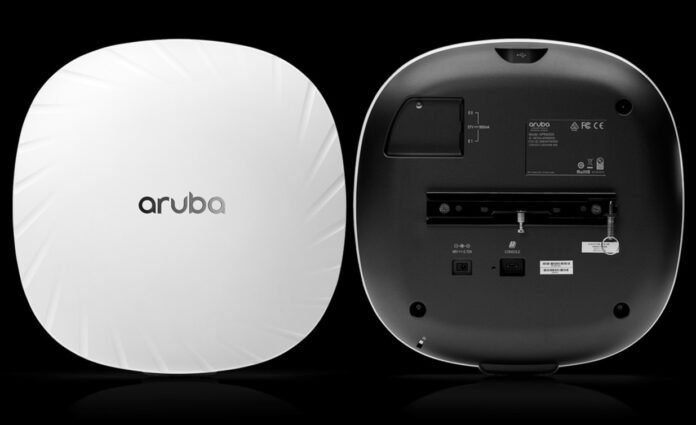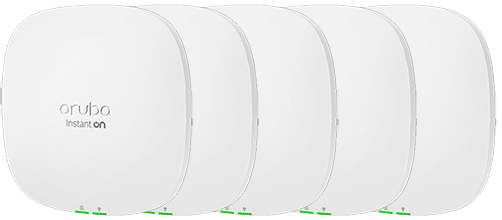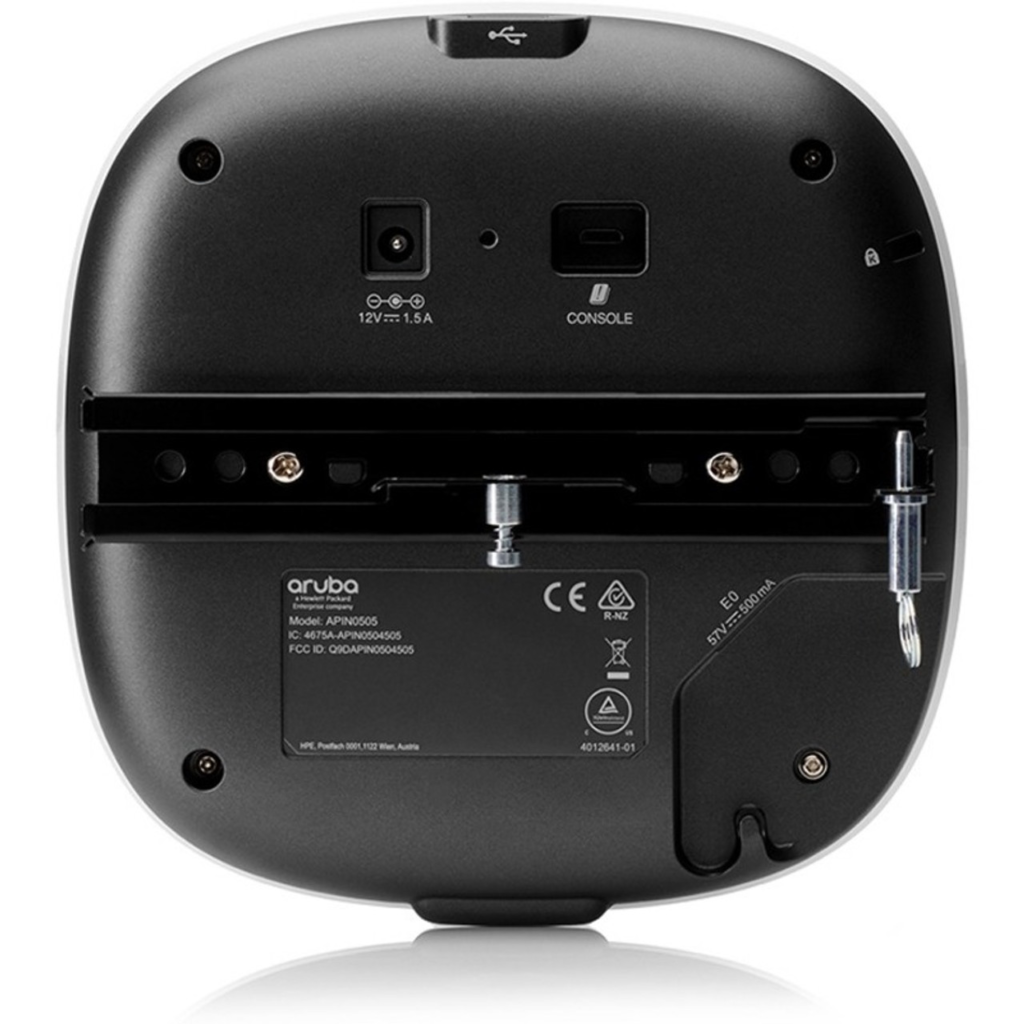
At home, today, it is important to have a dependable wireless network. Small offices also require reliable and high-performing wireless networks. With so many options, it could be challenging to find an appropriate access point for a specific location. This information is going to highlight the key considerations that you need to evaluate the access point for comparing some popular models like the Aruba 505, R2H28A, AP25, and other Ubiquiti solutions.
Key Considerations When Choosing an Access Point

- Performance and Speed
Make a search for higher performance access points. Also, ensure their support for the latest standards such as Wi-Fi 6. High speed would thus ensure uninterrupted connections with multiple devices.
- Coverage Area
Take note of your space, then note the coverage range of the access point. Generally, a model with antennas provides a more enhanced signal and covers a broader area.
- Ease of Installation and Management
Seamless setup workings and easy management tools make it possible to configure and control your network with limited effort.
- Security Features
Choose access points with robust security facilities such as WPA3 encryption, secure guest and firewall integrated, protecting your network.
- Price and Value
It pays to balance the cost with features and performance while ensuring that you receive the best value for your money.
Comparing Top Access Point Models
Aruba 505 (R2H28A)

- Performance: Using multi-user MIMO technology, the Wi-Fi 6 standard provides a central environment for connectivity without any interruptions in busy spaces.
- Coverage: Intended for small to medium areas and delivering steady and dependable coverage.
- Management: Being integrated with Aruba Central brings centralized, managed cloud solutions.
- Security: This has advanced threat detection features and strong encryption protocols.
AP25
- Performance: Wi-Fi 6 capacity for super fast connection with new equipment.
- Coverage: Perfect for smaller offices and homes, with great extended coverage that ensures minimal dead spots.
- Management: Everything is incredibly simple to set up and manage, with an interface designed for absolute compatibility.
- Security: Incorporates sophisticated mechanisms to protect private information from any violation.
Ubiquiti Models

- Performance: Ubiquiti is popular for its access points, especially for the UniFi series, because it boasts enterprise-grade performance and scalability.
- Coverage: Great for large spaces, however, it does have mesh networking for wider coverage.
- Management: Offers increasingly centralized management under UniFi Controller, enabling account purposes to advanced customization.
- Security: Wide-ranging features for security, like guest access isolation and traffic monitoring.
Why Choose Jazz Cyber Shield?
True to our motto at Jazz Cyber Shield, we provide 100% new access points with clean serial numbers. That we keep product authenticity and reliability for every product asserts our reputation. Aruba 505, R2H28A, AP25, or Ubiquiti models are all available in stock. Jazz Cyber Shield is definitely the right choice for your networking needs since we maintain quality – you will look at us as one of your best suppliers. With top-tier solutions, we serve homes and small offices with seamless connectivity.
Conclusion
It is Important to Select the Right Access Point For Home or Small Office. Aruba 505, R2H28A, AP25, and Ubiquiti models avail unique benefits for varied purposes. Look through performance, coverage, and security parameters to choose among the ideal ones. Partner up with Jazz Cyber Shield for Original, Premium Access Point Products, Provided to Guarantee Perfect Performance and Reliability. Build the Network of Today and Tomorrow.



It’s helpful to see this comparison laid out so clearly. The fact that small offices and home networks require reliable wireless options is so often overlooked. I’d also be curious about how these access points manage security features—especially with the increasing number of connected devices these days.
This blog was incredibly useful while we were choosing access points for our school district’s Wi-Fi upgrade. The side-by-side comparison of Aruba 505, R2H28A, AP25, and Ubiquiti models helped us weigh features like Wi-Fi 6 support, client capacity, and ease of management. We ended up going with the Aruba AP25 for its performance and reliability in high-density environments. The blog made it easy to compare without digging through tons of datasheets. Great job!
Solid overview! It’d be interesting to hear how environmental factors—like multi-story layouts or office density—impact the performance of these AP models. Sometimes the right pick really depends on more than just bandwidth specs.
Choosing the right access point for your needs is always a balancing act. The differences in performance and features between these models really show how important it is to match the tech to the environment.
Great breakdown! It’s clear that choosing the right access point involves considering the specific needs of the space—whether it’s coverage area or the number of connected devices. Would be interesting to hear how these models perform in terms of ease of setup!
I agree, choosing an access point can be a challenge! It’s important to look at not just speed but also things like security and how well it integrates with existing network setups.
I agree that many people overlook the environment when choosing an AP. It’s not just about the specs, but how the AP will perform in real-world conditions like office size or interference. Great breakdown on how each model fits different needs!
Really appreciate this kind of overview—it cuts through the marketing and gets to what actually matters. I’ve found interference and device density can really shift which model works best, especially in multi-user environments.
Really appreciate how this post breaks down different AP models like the Aruba 505 and Ubiquiti options—it’s easy to get overwhelmed by the choices. One angle I’d love to see more on is how each model performs in real-world multi-device environments, like busy home offices or smart homes. That kind of use-case insight can really help narrow things down for everyday users.
I appreciate how the blog breaks down the key differences between models for small office networks. I’d love to hear more about how the ease of setup and integration impacts the overall experience, especially for users who aren’t as tech-savvy.
Nice breakdown of the different models! I think one important aspect not covered here is the ease of setup and management. For home users especially, this can be a major factor when choosing an access point.
Really helpful overview for anyone setting up a small office network. I’d be interested to know if there’s a noticeable difference in long-term reliability between enterprise-grade access points and those designed more for home use.
This made me rethink what ‘reliable’ really means for home networks — it’s not just about speed, but also stability and range. Appreciate how the post lays out practical use cases; it’s easy to forget that what works in a small office might be overkill (or underwhelming) at home.
You’ve touched on a key issue many overlook: not every access point is a one-size-fits-all solution. It really depends on the network demands and physical layout, which makes this kind of comparison super helpful.
I’d love to hear more about how each model handles environments with a high number of connected devices—definitely a common challenge in small offices. Great starting point for anyone trying to make sense of their options!